There actually was a top-secret plan to do this.
Get the latest international news and world events from around the world.
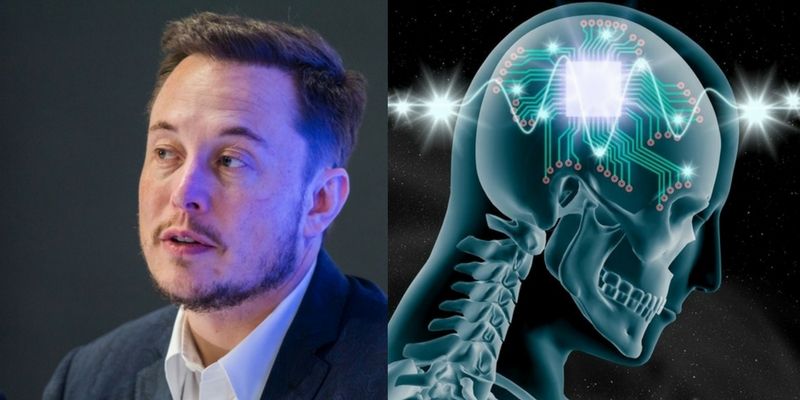
Elon Musk’s Neuralink files permit to build biological research lab
Elon Musk’s neurotechnology startup Neuralink filed for permits to build an in-house machine shop and a biological testing laboratory for its facility in San Francisco last year.
The documentation on the company’s 2017 permits was retrieved by Gizmodo, which was able to access Neuralink’s public records. An excerpt of a letter submitted by Neuralink executive Jared Birchall on February 2017 to the city’s planning department gives some clues about the company’s plans for the facility’s proposed machine shop and animal testing lab.
The Future of Universal Basic Income
My 17-min speech at the World Fair Nano is out. Give it a listen to learn all about my Federal Land Dividend, a #basicincome which doesn’t raise taxes and will actually shrink government while eliminating all poverty. This is a major policy of my #libertarian governor run and has possibility for bipartisan support.
Learn more about Zoltan’s work at http://www.zoltanistvan.com/
Worlds Fair Nano (https://worldsfairnano.com) is a 2-day future festival. Much like the Worlds Fairs of old, the goal of WFN is to connect everybody with the future. The organizers behind Worlds Fair Nano plan to grow Nano from 2 days and 10,000 people into a 6 month Worlds Fair in the U.S.
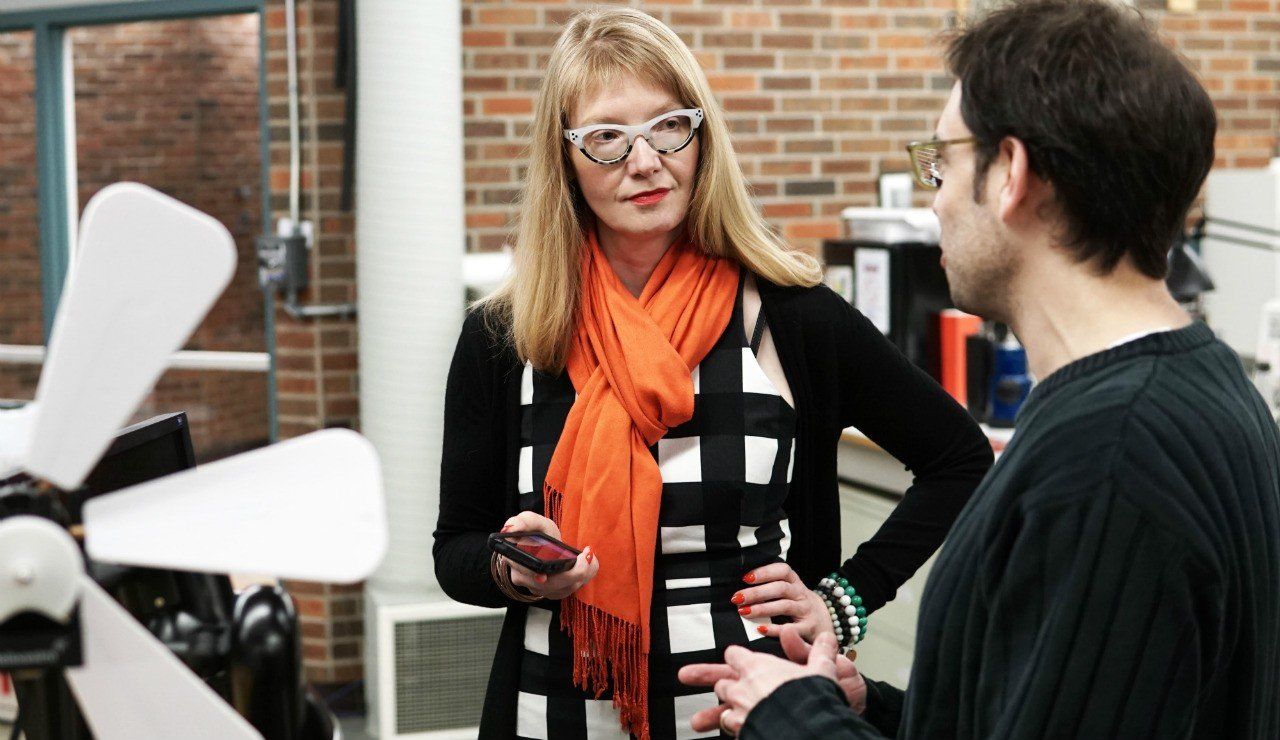
Understanding how society will change as we move to renewable energy sources
Imagine waking up tomorrow in a world that doesn’t depend on oil.
That might seem far-fetched, but as engineers and scientists come up with new ways to harness renewable energy, those new sources of energy may soon shape the way our societies function and how we live our daily lives.
“We’re going to stop depending on oil long before we run out of it, so we really need to exercise our imaginations about what other futures are possible,” explains University of Alberta associate professor Sheena Wilson, who heads the Future Energy Systems energy humanities theme.
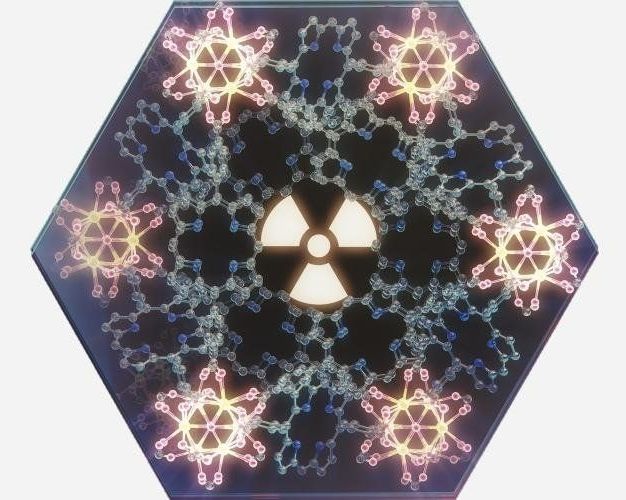
Scientists build army of metal-organic nanoflowers to treat cancer
Doctors have been using radiation to treat cancer for more than a hundred years, but it’s always been a delicate art to direct treatment while avoiding healthy tissue.
To help them, scientists with the University of Chicago have designed an army of tiny flower-shaped metal-and-organic nanoparticles that deliver a one-two punch—first boosting the effects of radiation at the tumor site and then jumpstarting the immune system to search out any remaining tumors.
The research, published March 26 in Nature Biomedical Engineering, led to a candidate molecule currently beginning phase 1 clinical trials.

Scientists mix the unmixable to create ‘shocking’ nanoparticles
Making a giant leap in the ‘tiny’ field of nanoscience, a multi-institutional team of researchers is the first to create nanoscale particles composed of up to eight distinct elements generally known to be immiscible, or incapable of being mixed or blended together. The blending of multiple, unmixable elements into a unified, homogenous nanostructure, called a high entropy alloy nanoparticle, greatly expands the landscape of nanomaterials—and what we can do with them.
This research makes a significant advance on previous efforts that have typically produced nanoparticles limited to only three different elements and to structures that do not mix evenly. Essentially, it is extremely difficult to squeeze and blend different elements into individual particles at the nanoscale. The team, which includes lead researchers at University of Maryland, College Park (UMD)’s A. James Clark School of Engineering, published a peer-reviewed paper based on the research featured on the March 30 cover of Science.
“Imagine the elements that combine to make nanoparticles as Lego building blocks. If you have only one to three colors and sizes, then you are limited by what combinations you can use and what structures you can assemble,” explains Liangbing Hu, associate professor of materials science and engineering at UMD and one of the corresponding authors of the paper. “What our team has done is essentially enlarged the toy chest in nanoparticle synthesis; now, we are able to build nanomaterials with nearly all metallic and semiconductor elements.”
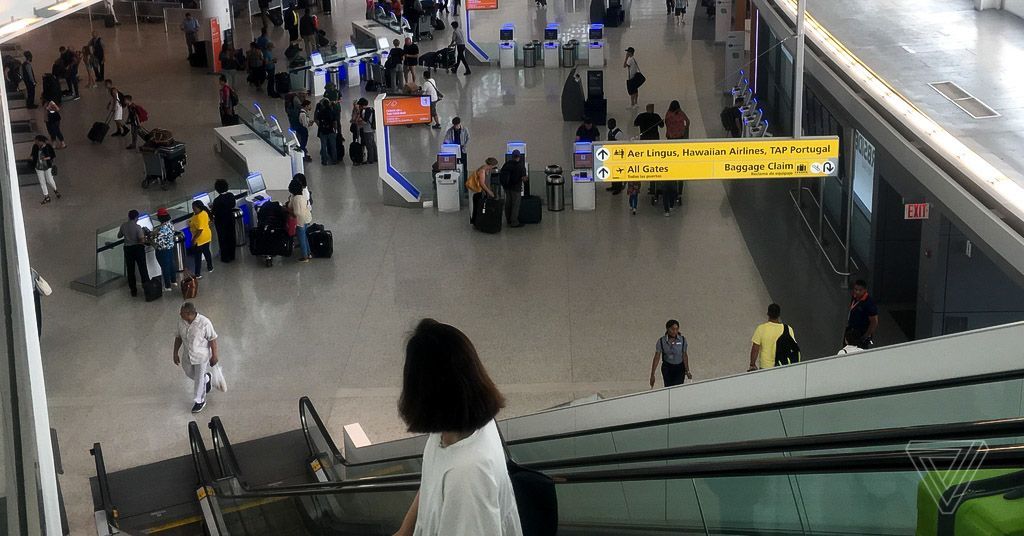
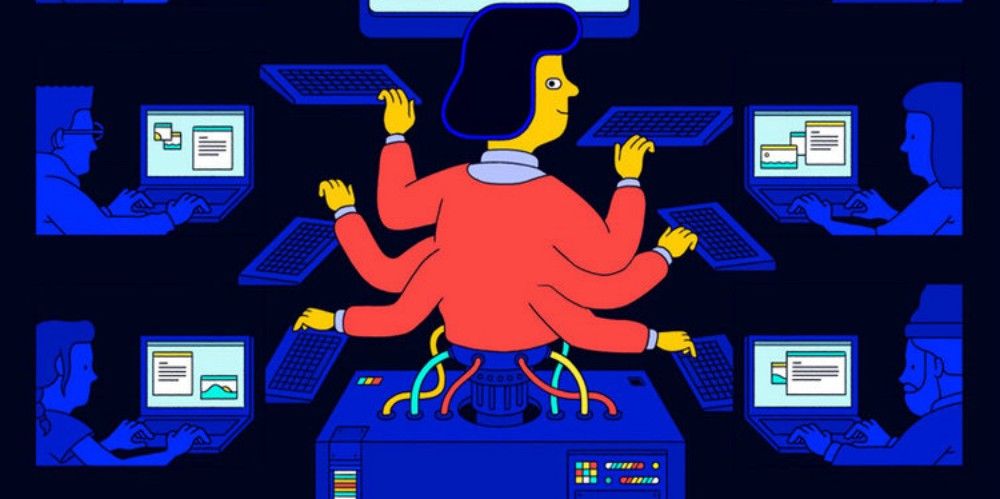
Sana Labs is showing how Artificial Intelligence will Disrupt Education
While Big Tech has gotten more headlines in 2018 with its impact on healthcare, where artificial intelligence has even more potential to impact is actually in education. An early winner in the field has been identified.
Sana Labs is an education tech startup founded by Joel Hellermark, 21 who happens to be an AI-prodigy. Education is a 6-trillion dollar industry and the most robust first AI solution to impact it, stands to become a giant in the future of the industry.
Stockholm is home to many emerging startups and of note, Spotify, but this company has a pretty major unique value proposition. Sana Labs is aiming to build a scalable platform where AI will be able to change how we learn. It’s even gotten the attention of Tim Cook and Mark Zuckerberg.
A Material World – Building a Future from the Atoms Up: Rob Moore Public Lecture
Wednesday Apr. 4, 2018 at 7 PM ET
The live webcast will appear on this page.
From the Stone Age to the Silicon Age, nothing has had a more profound influence on the world than our understanding of the materials around us. The Industrial Revolution of the 19th century and the Information Revolution of the 20th were fueled by humankind’s ability to understand, harness, and control materials.

France to spend $1.8 billion on AI to compete with U.S., China
PARIS (Reuters) — French President Emmanuel Macron promised 1.5 billion euros ($1.85 billion) of public funding into artificial intelligence by 2022 in a bid to reverse a brain drain and catch up with the dominant U.S. and Chinese tech giants.
French President Emmanuel Macron delivers a speech during the Artificial Intelligence for Humanity event in Paris, France, March 29, 2018. Etienne Laurent/Pool via Reuters.